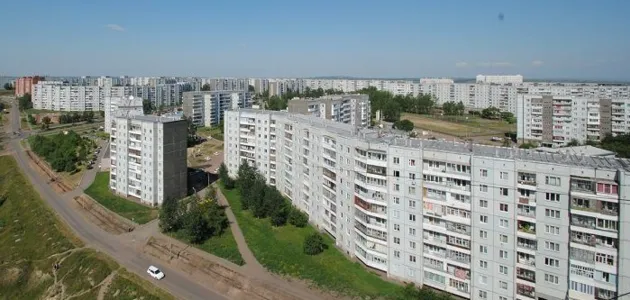
Nine-story buildings became one of the symbols of Soviet architecture due to the combination of cost-effectiveness, technical standards and infrastructure features.
This was reported by URA-Inform with reference to Max Romanchuk.
Why this format turned out to be optimal, blogger Max Romanchuk explains on his YouTube channel.
In the 1950s, the Soviet Union focused on mass construction of Khrushchev-era apartment blocks to provide families with individual housing. However, by the 1970s, it became clear that higher buildings were needed to increase density. Nine-story buildings became a compromise solution that met the need for accessibility and functionality.
Why not higher than nine stories?
According to GOST, buildings higher than five floors required an elevator, and buildings higher than 28 meters (i.e. ten floors) had to be equipped with two elevators — passenger and freight — as well as smoke-proof fire escapes. The height of nine-story buildings was just over 27 meters, which made it possible to avoid additional costs. This made such buildings cheaper to build and operate compared to taller buildings.
Gas and electricity:
Another limitation was the supply of resources. Buildings higher than nine floors required pumping stations to supply gas. However, this was too expensive, so electric stoves were used in such buildings, which, in turn, required reinforced wiring and additional substations. Such costs significantly increased the cost of construction.
The myth of fire escapes:
Some associate the height of nine-story buildings with the technical capabilities of fire-fighting equipment, but Romanchuk refutes this myth. As early as 1966, 30-meter-high fire escapes were used, and in the 1970s, mechanized versions of 32 meters in length appeared. Thus, the height of buildings did not depend on the capabilities of fire engines.
The optimal solution:
Nine-story buildings became a compromise between economic feasibility, technical requirements, and accessible infrastructure. This format allowed millions of families to obtain affordable housing while maintaining low construction costs.
«Nine-story buildings were a successful solution that met the demands of the time and the capabilities of the USSR,» the blogger concludes.
Recall that earlier it was reported that the length of the day on Earth began to change: scientists warned what this means.

